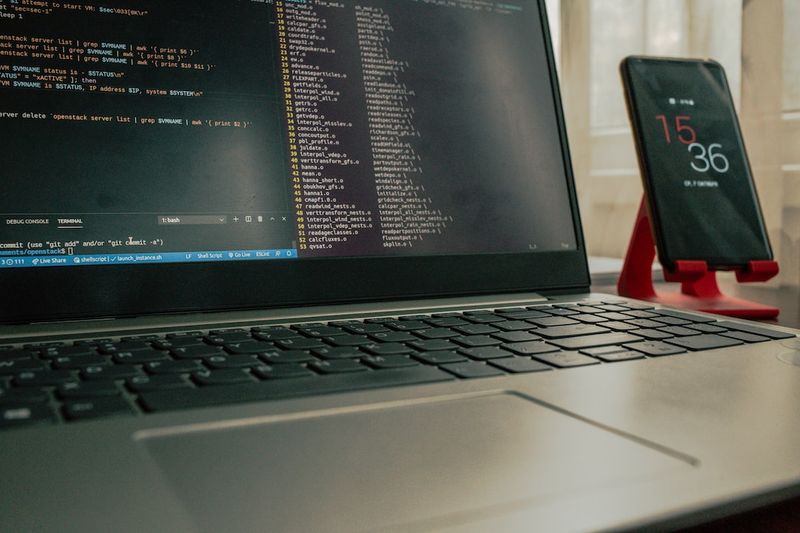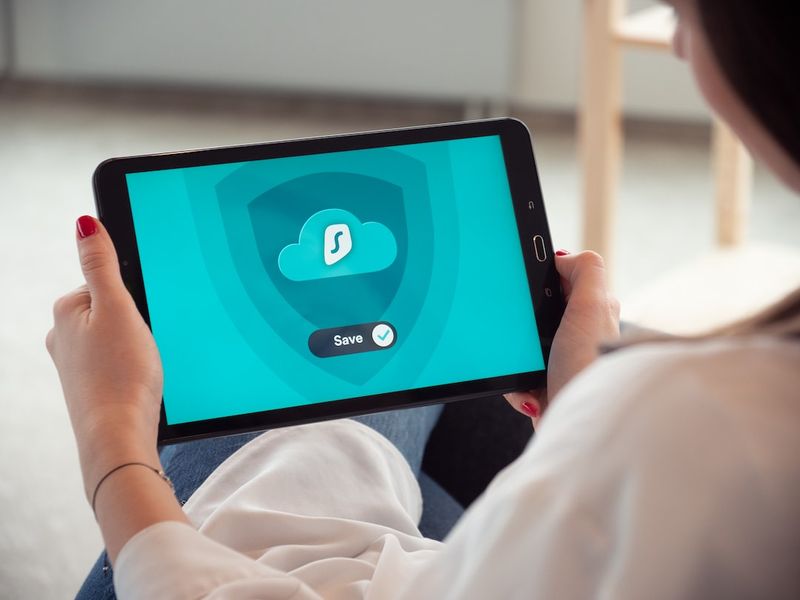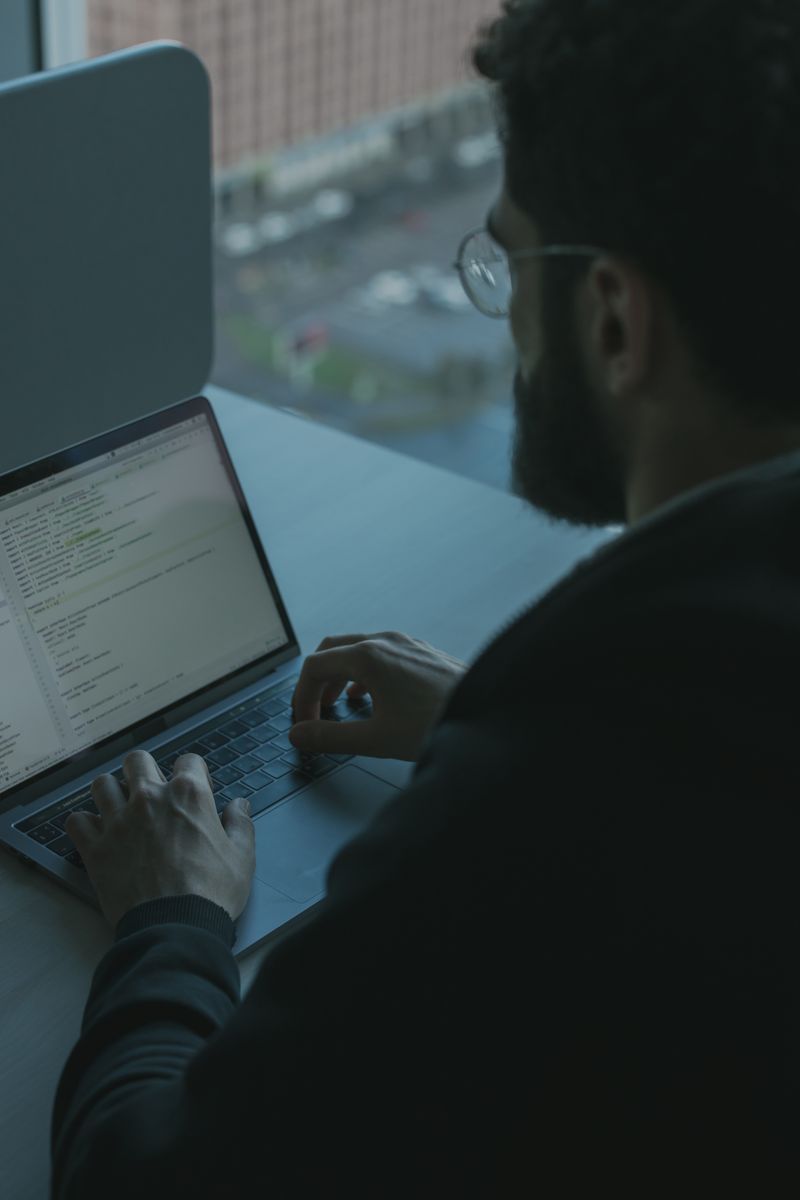Data Breaches: Ohio History Organization Says Personal Information Stolen in Ransomware Attack
August 28, 2023
A ransomware attack on the Ohio History Connection (OHC) in July resulted in the theft of personal information belonging to thousands of individuals, which was later posted online by the attackers. OHC, a nonprofit organization that manages the Ohio History Center and 50 other historical sites across the state, confirmed the breach and stated that the compromised information includes names, addresses, and Social Security numbers of current and former employees, as well as third-party vendors who provide services to the organization. Additionally, images of checks provided by some members and donors starting in 2020 were possibly accessed.
The Ransomware Attack and Response
The ransomware attack occurred in July, when the organization’s internal servers were encrypted, and the attackers demanded a substantial ransom to prevent the release of the stolen information. OHC attempted to negotiate with the cybercriminals but ultimately refused to pay the demanded amount. As a result, the attackers posted the stolen personal information online, potentially exposing it to malicious actors.
OHC took immediate action in response to the attack. The organization notified relevant authorities and engaged an IT consulting firm to investigate the incident. Subsequently, OHC migrated most of its data to cloud-based services and implemented new security measures to enhance data protection. As of now, there is no evidence of any misuse or attempted use of the exposed information.
Immediate and Long-Term Implications
The theft of personal information through ransomware attacks has become distressingly common in recent years. While credit card information was not compromised in this particular incident, the stolen data can still be leveraged by cybercriminals for various malicious activities, including phishing attacks that exploit individuals’ personally identifiable information.
Furthermore, the posting of personal information online poses long-term risks. Even if the organization takes security measures to prevent future attacks, the data is still available for potential exploitation by any malicious actor who may discover it. This underscores the importance of robust cybersecurity protocols not just during an attack, but also in protecting data from potential exposure in the future.
Securing Personal Information in the Digital Age
The increasing frequency of data breaches highlights the urgent need for individuals and organizations to prioritize internet security. In an interconnected world where sensitive personal data is stored online, the risk of theft and misuse is ever-present. It is crucial for both individuals and organizations to take proactive measures to safeguard personal information.
For organizations, investing in strong cybersecurity infrastructure is paramount. This includes regular security audits, implementing robust firewalls and encryption, and educating employees about the risks of phishing attempts and other social engineering tactics. It is also essential to regularly update and patch software to address potential vulnerabilities.
For individuals, maintaining good cyber hygiene is crucial. This includes using strong, unique passwords, enabling two-factor authentication whenever possible, and being cautious about the information shared online. Additionally, staying informed about data breaches and promptly taking action if personal information is compromised is essential.
Conclusion
The ransomware attack on the Ohio History Connection serves as a reminder of the ongoing threats posed by cybercriminals. As the incidents of data breaches continue to rise, individuals and organizations must prioritize internet security and take proactive steps to protect personal information. While there may be immediate consequences of a breach, such as the posting of personal information online, the long-term implications and potential risks remain significant. It is crucial that we all remain vigilant in our efforts to secure our digital lives and mitigate the impact of cyberattacks.
Contact: | edward.felsenthal@nytimes.com

<< photo by cottonbro studio >>
The image is for illustrative purposes only and does not depict the actual situation.
You might want to read !
- The Rise of Cyberattacks: Leaseweb’s Cloud Disruptions Unveiled
- The Rise of SIM Swapping Attacks: Cryptocurrency Firms Fall Victim to Data Breaches
- The Rise of SIM Swapping Attacks: Cryptocurrency Firms Fall Victim to Data Breach
- Editorial Exploration: Examining the devastating consequences of the ransomware attack on hosting provider CloudNordic and its impact on its customers.
Title: Unmasking the Fallout: CloudNordic’s Devastating Ransomware Attack Erases All Customer Data
- The Era of Unrelenting Ransomware Attacks: Analyzing the Escalation
- The Alarming Increase in Ransomware Attacks: A Glimpse into the Cybersecurity Landscape
- Unmasking the Malware Menace: A Sudden Surge Strikes the Public Sector
- Your Venmo transactions may reveal more than you think
- Unraveling the Weave: Safeguarding Your Identity Against Threats
- Rocking the Vote: The Massive Breach of U.K. Election Admin Agency Puts Personal Information of Millions at Risk




